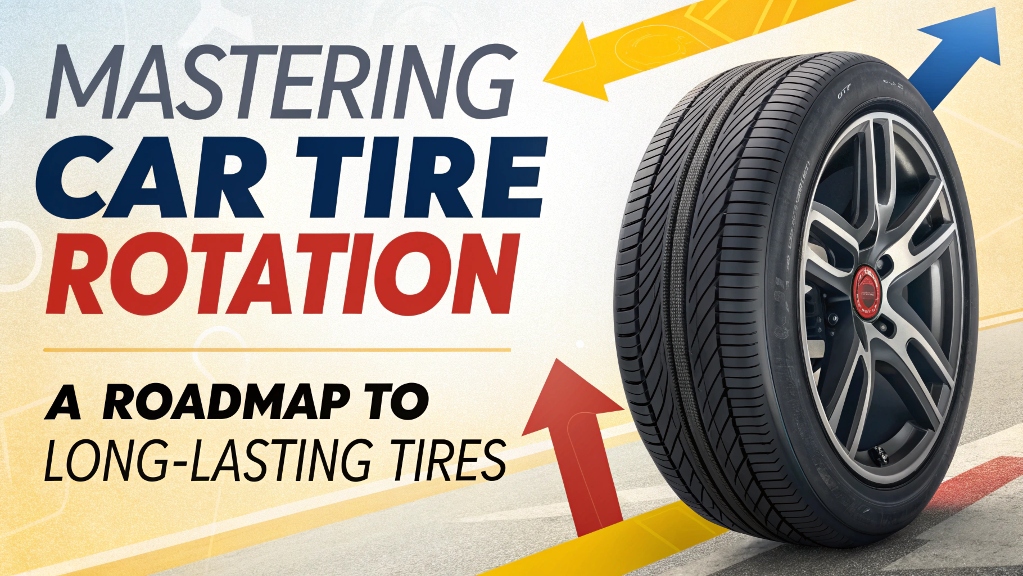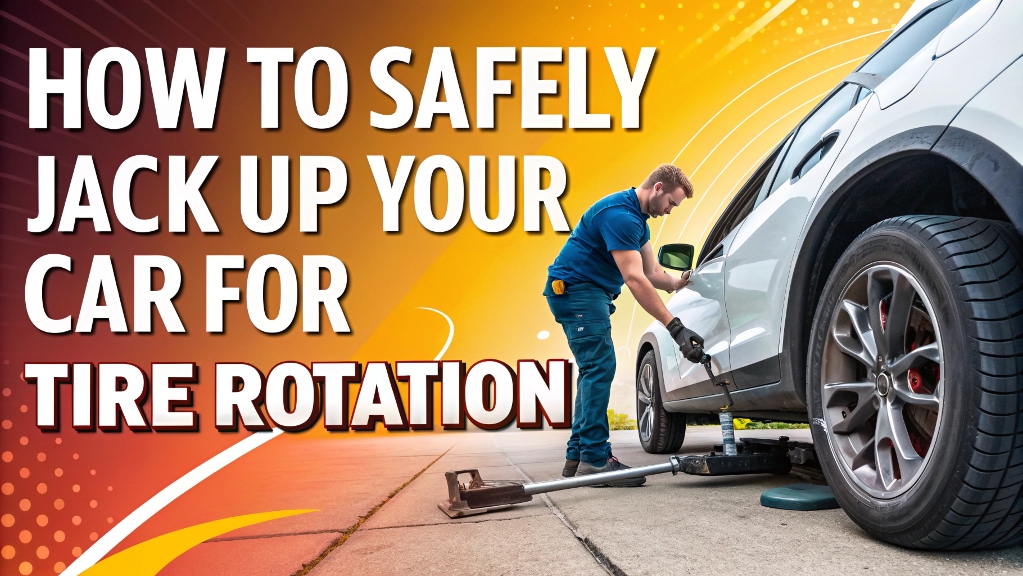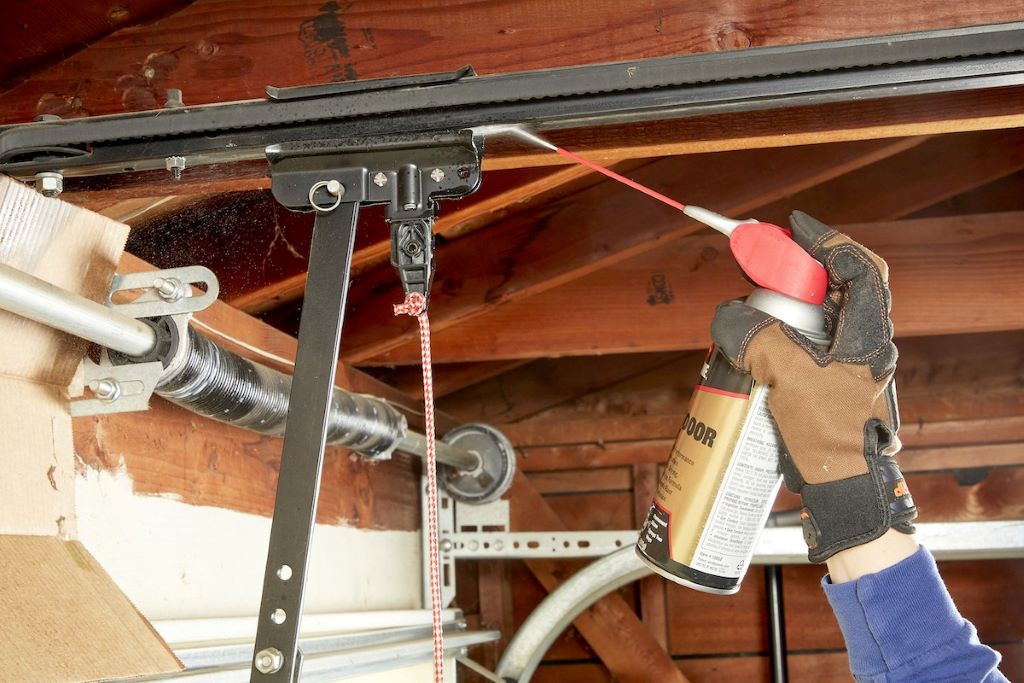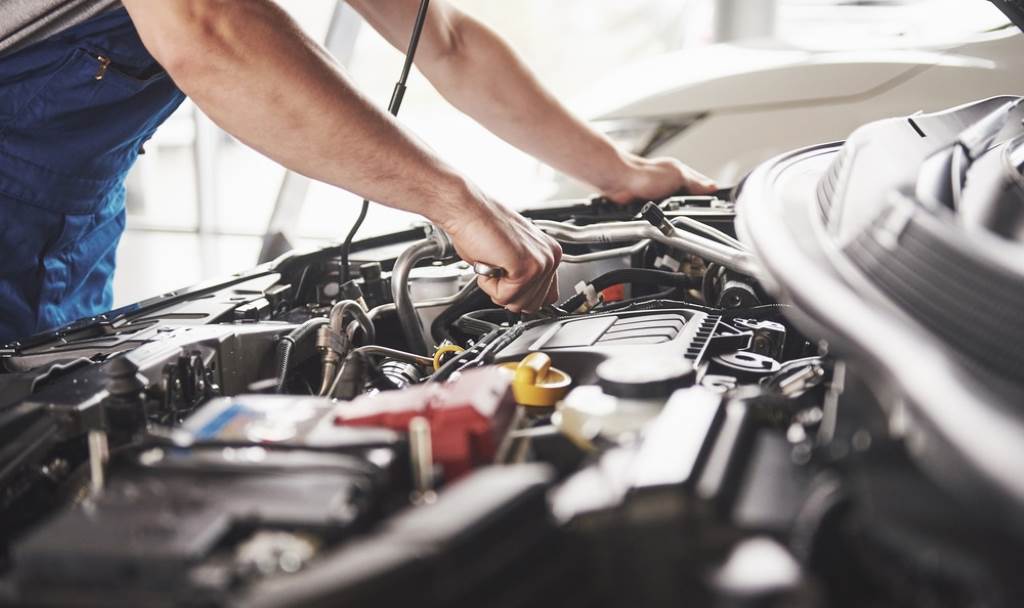The ESC (Electronic Stability Control) system in your car is an important safety feature that helps prevent skids and loss of control. It uses sensors to detect when your vehicle starts to slip sideways and automatically applies the brakes to individual wheels to stabilize the car. If the ESC warning light comes on, it means there is an issue with the system that needs to be addressed. Ignoring the warning light could mean you lose the extra protection and accident avoidance that ESC provides.
Don’t panic – in many cases, the problem is simple, like a loose wire connection or a failing wheel speed sensor. You can often fix ESC problems yourself with proper troubleshooting for minimal cost.
Here are 20 of the most common reasons for ESC problems and how to fix esc on a car to work correctly again:

1. Check for Fault Codes
Scanning for fault codes is the first step in diagnosing any ESC problem. The ESC system constantly monitors all its sensors and components for problems. It detects an issue and saves a vehicle computer’s diagnostic trouble code (DTC).
You’ll need an OBD2 scanner tool to read ESC and other ABS fault codes. An auto parts store will often scan your car for free if you don’t have your code reader. Write down any code numbers to troubleshoot the issue further.
Standard ESC fault codes include:
- C0035 – Left Front Wheel Speed Sensor
- C0045 – Right Front Wheel Speed Sensor
- C0050 – Left Rear Wheel Speed Sensor
- C0055 – Right Rear Wheel Speed Sensor
- C008A – Steering Angle Sensor
- C0000 – Internal Control Module Error
Wheel speed sensor codes indicate a bad sensor, wiring issue, low tire pressure, or missing encoder ring. The steering angle sensor DTC means the ESC can’t determine steering input. An internal module error indicates a problem with the ESC computer itself.
2. Check Wheel Speed Sensors
The wheel speed sensors are among the most common causes of ESC problems. These sensors use magnetic pickup coils to determine how fast each wheel rotates. This info allows the ESC to compare speeds and contrast when brakes need to be applied.
Here’s how to test wheel speed sensors:
- Remove connectors and check for corrosion, damaged pins, and proper fit. Clean and reconnect if needed.
- Visually inspect sensors for wiring damage. Replace sensor if wires are corroded or cut.
- Use an ohmmeter to test the sensor’s internal resistance. Consult the repair manual for specs – resistance is typically between 500 to 2000 ohms.
- Test sensor output by spinning the wheel by hand while monitoring with a digital multimeter or scan tool. Output should range between 50 to 200 millivolts AC at a minimum.
Faulty sensors will cause erratic ESC activation and should be replaced. Ensure you buy an OEM wheel speed sensor for best performance and durability.
3. Inspect Sensor Rings
The wheel speed sensor reads off teeth on a magnetic encoder ring that rotates with the wheel bearing. If the sensor ring is damaged or has missing teeth, it can cause improper speed readings.
Turn the steering wheel to full lock and visually inspect the sensor rings installed on the inner bearing behind each wheel. Look for broken, chipped, or corroded teeth. The rings can be easily damaged by road debris. Any sensor ring damage will require replacing the wheel bearing assembly.
4. Check Tire Pressures
Uneven tire pressures can confuse the ESC system. Low pressure causes a tire to rotate slightly slower than the rest. The ESC detects this as slipping and tries to break that wheel, leading to unwanted system activation.
Check all tire pressures with a quality air pressure gauge. Inflate any under-inflated tires to the door placard or owner’s manual recommendation for proper pressure. The ESC system works best when all four tires are inflated equally.
5. Test Steering Angle Sensor
The steering angle sensor (SAS) tells the ESC computer how much and how quickly you turn the steering wheel. Faulty readings from a bad SAS can cause odd ESC behavior on curves and turns.
Here’s how to test a steering angle sensor:
- Look for signs of physical sensor damage under the steering column.
- Verify the sensor electrical connector is fully seated and has no bent or corroded pins.
- Turn the steering wheel lock to lock while monitoring the sensor output with a multimeter. Voltage should vary smoothly across the range. Any dropouts point to a faulty sensor.
- Compare sensor output to scan tool sensor readings as you turn the wheel. Values should align and change together.
- Ensure sensor-to-steering wheel mounting bolts are tight. Try re-entering the sensor following factory procedures.
Replace the SAS if any electrical issues are found. Re-calibration will be required after installation.
6. Clean ESC System Connectors
Like any electrical system, bad connections due to corroded or loose contacts can plague the ESC system. This can cause all types of incorrect signals and activation issues.
Carefully unplug each ESC-related electrical connector and look for corrosion or oxidation build-up. Spray the connectors clean with an electrical contact cleaner. Rub gently with fantastic sandpaper if needed. Apply dielectric grease to the terminals and mate the connectors properly.
Pay special attention to connections for the wheel sensors, steering angle sensor, ESC module/computer, vehicle stability switch, and brake pressure modulator.
7. Update ESC Software
The ESC computer uses firmware programming to control the system. Over time, updates are released to refine calibration and fix bugs. If your ESC acts up after years of flawless operation, old firmware could be the culprit.
A dealership scan tool can check your ESC module software version and update it to the latest release. Many automakers also issue technical service bulletins when common ESC problems are discovered. Updating programming is always worth a try to restore proper functionality.
8. Replace Brake Pressure Modulator
A brake pressure modulator is an electro-hydraulic unit that can instantly modify brake pressure at each wheel under ESC control. Any internal faults can cause delayed or improper ESC braking.
Signs of a lousy modulator:
- Uneven or pulsating brake pedal pressure
- Warning lights for ABS, stability control, or brake system
- Leaking fluid around the modulator unit
Have the ESC hydraulic circuits bled after the installation of a new modulator. Get professional assistance for this complex procedure. Expect labor costs of $200 or more for pressure modulator replacement.
9. Test Battery and Voltage
The ESC computer and sensors need steady voltage to operate correctly. A weak car battery or lousy alternator can cause malfunctions.
Use a multimeter to check the battery state of charge and the voltage output of the charging system. The battery should be tested over 12.4 volts. Charging voltage should remain between 13.5 to 15.5 volts.
Revive a dead battery with a charger or replace it if needed. Worn alternator components can be rebuilt, or the whole unit replaced if voltage regulation is poor. Proper electrical power is critical for trouble-free ESC performance.
10. Turn Off ESC with a Switch (if equipped)
Some vehicles have a button or toggle switch to turn off the ESC and traction controls manually. Try toggling this switch through the on and off positions to reset the stability control electronics.
Turning off and restarting ESC can clear any temporary glitches and recalibrate the system. Just remember to switch the ESC back on afterward for safety. Also, don’t turn off the stability control to continue driving with a known problem.
11. Verify Control Module Grounding
Like any computer, the ESC control module needs a solid ground connection. Corrosion on the ECU ground circuits is common after years of exposure to road salt, humidity, and dirt.
Check for clean and tight ESC module chassis grounding. Remove wires, clean with abrasive paper, and apply conductive grease before reattaching connections. This often fixes elusive ESC problems.
12. Attempt ESC System Reset
Performing an ESC system reset can clear trouble codes and return normal function in some cases:
- Turn the key to the on position without starting the engine.
- Hold the ESC button for 30 seconds until the warning light blinks.
- Turn off the ignition for 2 minutes.
- Start the vehicle and drive briefly to reset.
The ESC reset procedure varies between automakers. Check an online service manual for your exact reset steps. A reset may temporarily fix ESC issues caused by sensor mis-calibrations or software bugs.
13. Test Vehicle Stability Switch
Among the various ESC components is a stability switch mounted under the dashboard. This switch lets the driver partially disable ESC when rocking out of snow or mud. Fault codes often reveal a bad vehicle stability switch as the root cause.
Signs of a faulty switch include:
- Continuous ESC warning light with no other faults found
- Inability to turn off ESC through the button or menu
- ESC problems that seem to switch on and off intermittently
Verify switch connections visually and with an ohmmeter. Try disconnecting and reconnecting the switch multiple times to clean the contacts. If still unresponsive, install an updated replacement switch.
14. Scan All Modules for Trouble Codes
Don’t forget to scan other vehicle computers for trouble codes that could indirectly cause ESC problems. For example:
- Engine computer – Low fuel pressure, cam/crank errors
- Transmission – Gear ratio errors, speed sensor issues
- Suspension – Faulty ride height sensors
Any codes found in other modules should be diagnosed and repaired as necessary. This ensures related systems won’t lead to faulty ESC activation or shutdowns.
15. Test Vehicle Acceleration Sensors
Some ESC systems utilize longitudinal and lateral G-force sensors to detect vehicle acceleration, cornering forces, and slip angle. One or more failed accelerometers can confuse ESC logic.
To check for lousy acceleration sensors:
- Scan for any related fault codes
- Compare scan tool sensor readings to actual vehicle movement
- Check connectors and wiring visually before unplugging to test sensors
- Most sensors provide a DC voltage signal proportional to forces – ensure sensor outputs change properly during acceleration and braking.
If still in doubt, replace sensors one at a time to see if the problem disappears. Re-calibration is required for any replaced acceleration sensors.
16. Update Yaw Rate Sensor Firmware
The yaw rate sensor measures the side-to-side rotation of the vehicle. Some manufacturers have updated the programming of this sensor when specific ESC activation issues arise.
Connect a compatible scan tool and see if the latest firmware is installed. Newer versions can fix problems like delayed or erroneous ESC braking during aggressive maneuvers. Code updates are free and only take a few minutes.
17. Verify No Aftermarket Items Interfering
The addition of certain aftermarket parts has been known to disturb ESC operation in some vehicles:
- Lowered suspension – Can affect wheel speed sensor angles
- Non-OEM wheels – Incorrect sensor ring air gap
- Tinted windows – Could influence steering angle sensor readings
- Brake upgrades – May alter hydraulic control characteristics
If the ESC usually acted before modification, try swapping back to factory parts one at a time to isolate any conflicts. All sensors must remain properly calibrated for ESC to work consistently.
18. Drive on Clean, Dry Pavement
One tip that seems obvious but is often overlooked is to evaluate ESC behavior only on clean, dry pavement.
Testing on snow, ice, gravel, or rain can erratically affect the system. The ESC relies on detecting tire slip so that low-grip surfaces can confuse its sensors. False activation and pulsing brakes are common in low traction conditions.
Drive on dry pavement when determining if ESC needs repair—narrow problems by focusing testing on reasonable road surfaces before getting lost in diagnosis.

19. Rule Out Vehicle Modifications
Heavy modifications like lift kits, significantly increased power, and conversion to four-wheel drive can impede ESC operation. The factory calibrates the stability control for a specific vehicle weight, balance, and power output.
Significant changes to these factors may require an ESC re-tune to compensate for larger tires, new suspension geometry, more power to the ground, and a shift in vehicle weight balance. Without this, the ESC will not have proper baselines and may function unpredictably.
20. Repair as Necessary, then Re-Test
With these tips in mind:
- Thoroughly test ESC components based on symptoms
- Make repairs one by one as faults are discovered
- Clear codes and re-evaluate system operation before moving to the next likely issue
- Focus repairs on the simplest and least expensive problems first
In most cases, persistence and patience during systematic troubleshooting will eventually isolate the root cause. ESC systems may appear complex but are repairable with basic automotive electrical testing skills.
Use these proven diagnostic and repair methods to regain your vehicle’s stability control with minimal downtime. Drive confidently, knowing your ESC technology is there to help prevent accidents and loss of control when needed.
Frequently Asked Questions About Fixing ESC:
Q: Why does my ESC warning light stay on?
A: The most common cause for a persistent ESC warning is a bad wheel speed sensor or a damaged sensor ring. Checking codes for sensor faults and testing each sensor is the best approach.
Q: Can I disconnect ESC if I don’t want to fix it?
A: Not recommended – ESC is a critical safety system. Diagnose the problem and repair it instead. It was disconnecting ESC, leaving you vulnerable to crashes that could have been prevented.
Q: Will lousy wheel bearings cause ESC problems?
A: A wheel bearing with excessive play can throw off wheel speed sensor readings and trigger false ESC activation. Replace any bearings with noticeable looseness or noise issues.
Q: My ESC seems to turn on for no reason – what should I check?
A: Start by testing all accelerometers and yaw sensors. Incorrect signals from these can activate ESC even when no wheel slip is present. Check for trouble codes related to these sensors.
Q: How can I fix the ESC button that no longer turns off the system?
A: Try cleaning or replacing the vehicle stability switch first. Also, reset the ESC and check for software updates. If the issue persists, the ESC module may have a deeper electrical fault.
Summary
- Proper ESC operation is critical for staying safe on today’s roads
- Diagnose the problem thoroughly by testing components before replacement
- Check for fault codes, sensor issues, bad connectors, software bugs, and anything that could provide insufficient data
- Reset and recalibrate the system after repairs to ensure smooth performance
- A systematic approach will avoid spending on unneeded parts and unnecessary repairs
- In most cases, you can fix ESC inexpensively with basic automotive repair knowledge
While it’s uncertain if Eagle Summit still manufactures cars, one thing remains clear: you can restore your vehicle’s crucial stability control capability properly. Don’t ignore ESC problems that could leave you vulnerable in emergencies. Utilize these troubleshooting tips to repair ESC faults quickly and accurately.








